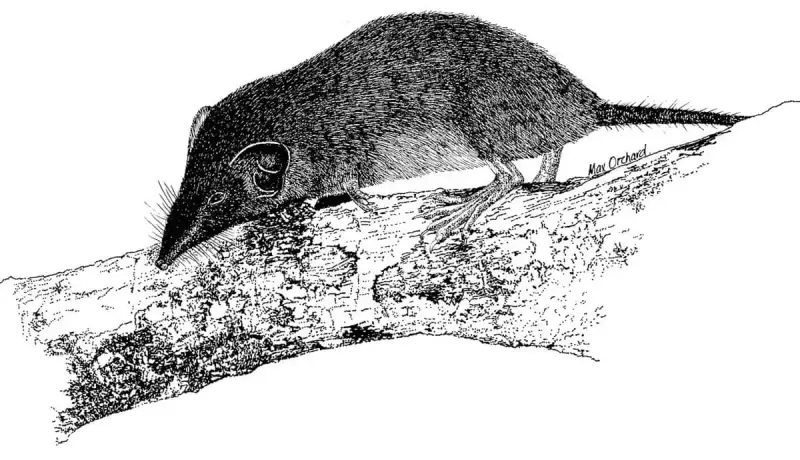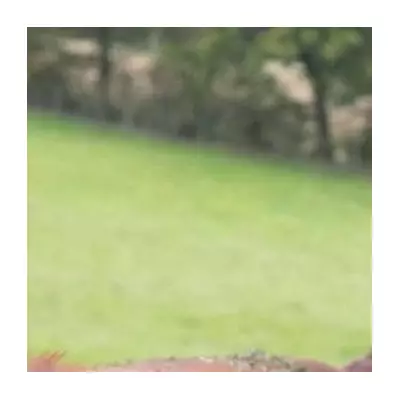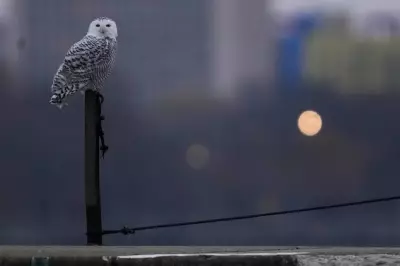
In a devastating blow to global biodiversity, scientists have officially declared Australia's only native shrew species extinct. The Christmas Island shrew, a tiny insect-eating mammal that once scurried through the island's rainforests, has vanished forever.
The Silent Disappearance
Researchers have spent years searching for any trace of the elusive creature, but their efforts have proven fruitless. The last confirmed sighting occurred over a decade ago, and extensive monitoring since then has failed to detect a single surviving individual.
This extinction marks Australia's first recorded mammal disappearance in nearly 50 years, serving as a stark reminder of the fragility of island ecosystems and the accelerating rate of global biodiversity loss.
What Drove the Shrew to Extinction?
While the exact cause remains uncertain, scientists point to several contributing factors:
- Introduction of invasive species that preyed on the shrew
- Habitat destruction and fragmentation
- Disease outbreaks that devastated populations
- Climate change impacts altering their delicate ecosystem
The Christmas Island shrew's story follows a tragic pattern seen across Australia, which has one of the world's worst records for mammal extinctions.
A Warning for Conservation Efforts
This extinction represents more than just the loss of a single species. It serves as a critical warning about the effectiveness of current conservation strategies and the urgent need for more proactive protection measures.
Conservation biologists emphasise that the shrew's disappearance highlights how quickly species can vanish despite scientific awareness of their declining numbers. The case underscores the importance of early intervention and adequate funding for endangered species protection programs.
As one researcher noted, 'We cannot afford to wait until species are on the brink before taking meaningful action.' The Christmas Island shrew's extinction should serve as a catalyst for stronger conservation policies worldwide.





